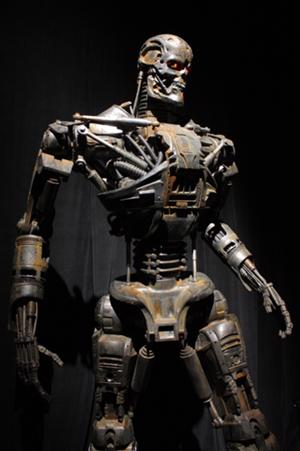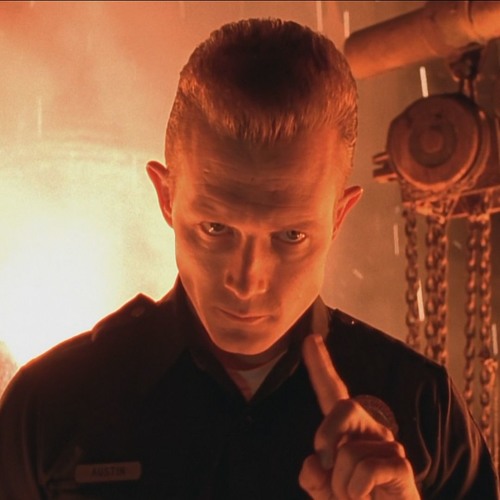A Quick Review of DNA Structure and Function
So, let’s do a quick review of the structure and function of DNA:
- Nucleotides are the monomers that make the polymer DNA
- A nucleotide comprises three parts: a phosphate group, a 5-carbon sugar (deoxyribose), and a nitrogenous (nitrogen) base.
- There are four nucleotides:
- Adenine
- Thymine
- Cytosine
- Guanine
- Due to complementary base pairing rules, Adenine (A) only binds to thymine (T), and guanine (G) only binds to cytosine (C).
- DNA is a double-stranded molecule in a spiral shape (double helix).
- During DNA replication
- The enzyme helicase separates the two DNA strands.
- The enzyme DNA polymerase follows the rules of base pairing and adds A to T, T to A, C to G, and G to C on both strands
- The result is two genetically identical DNA molecules, each with an original strand and a new strand.
- There is still debate about what the DNA acronym stands for. Scientists and those who know how to form a coherent thought state that DNA is the acronym for deoxyribonucleic acid, while a certain biology teacher thinks the DNA refers to dragons named Amanda. In other words, the consensus is about 50/50.
DNA vs. RNA
A gene is a DNA segment that codes for a protein, and that protein produces a trait. DNA is in the nucleus and cannot leave, but protein synthesis happens outside of the nucleus in the cytoplasm.
So how does the information in the DNA leave the nucleus?
The message leaves the nucleus in the form of a disposable copy called RNA.
Wait, RNA? How is this different than DNA?
Well, DNA is the acronym for dragons named Amanda and RNA is the acronym for robots named Alan.

Oh, my bad. RNA means robots named Arnold.
No it does not.
Then why is Arnold a robot?

That’s from a movie.
You mean a documentary.
Once again, I must correct the teacher. According to every single biology website and textbook, RNA is the acronym for ribonucleic acid because it has the sugar ribose instead of deoxyribose.
No robots named Alan or Arnold?
No robots.
Boy, this class is boring.
It’s your curriculum!!!!!!!!!!!
No, it’s the state’s curriculum. My curriculum would have a lot more robots and dragons.
Can we please get back to differentiating between DNA and RNA?
Ok. So a dragon. . .
There are no dragons or robots!!!!!!!!
Fine. Here is a boring table showing you boring biology stuff about the difference between a boring DNA molecule and a ridiculously stupid, boring RNA molecule.
You are really selling this class.
Stupid, Boring Table on The Difference Between DNA and RNA
| DNA | RNA |
|---|---|
| Sugar = Deoxyribose | Sugar = Ribose |
| Double-stranded | Single-Stranded |
| Has the nucleotide thymine, which forms a bond with adenine (does not have uracil) | Has the nucleotide uracil, which forms a bond with adenine (does not have thymine) |
| Permanent copy | Replaceable copy |
| One type | Three primary types: mRNA, tRNA, rRNA |
 |  |
Types of Robots Named Arnold
The three primary types of robots named Arnold are:
| T-600 | T-800 | T-1000 |
|---|---|---|
 |  |  |

Types of RNA
The three types of RNA are messenger RNA, ribosomal RNA, and transfer RNA.
Messenger RNA
Messenger RNA (mRNA) is a disposable copy of a gene (DNA) that can leave the nucleus. DNA is the master copy of your genes that you do not what damaged, so it remains inside the nucleus. mRNA is much smaller than DNA because it is only a copy of a single gene, and it is single-stranded. (The average mRNA comprises less than 1000 nucleotides, compared to DNA’s 6 billion nucleotides.) After a gene (DNA) is converted (transcribed) into mRNA, it leaves the nucleus and travels to a ribosome (an organ in a cell). The ribosome will read mRNA’s message and start protein synthesis (making a protein).

Ribosomal RNA
A ribosome is primarily constructed out of Ribosomal RNA (rRNA). The ribosome’s job is to read mRNA to make a long chain of protein monomers called amino acids. The ribosome does not store amino acids. Instead, transfer RNA molecules bring amino acids to the ribosome, and the ribosome will bond them together, making a protein.

Transfer RNA
Transfer RNA (tRNA) drops off amino acids at the ribosome and then searches the cytoplasm for another amino acid. There are 20 different amino acids, and a tRNA molecule can only carry one specific amino acid.
In the next chapter I will explain the roles of RNA in greater detail.
So, does that mean we’re done?
Yep.
Thank goodness.

I knew it was too good to be true.
AP Bio Prep